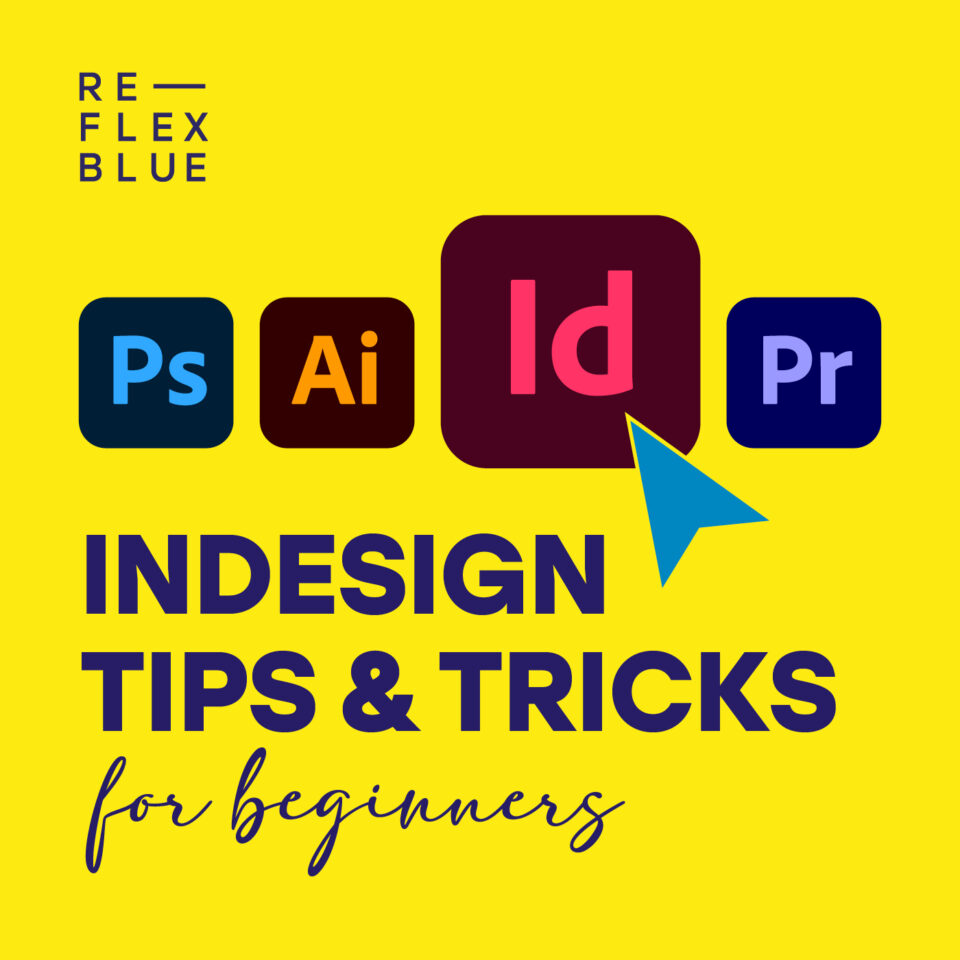
Whether you’re new to Adobe InDesign or just getting comfortable with its tools, we’ve got some beginner friendly tips to make your life easier. These five tricks will help you streamline your workflow and get those creative juices flowing faster. Let’s dive in!
Mastering Master Pages
If you’re new to InDesign, one of the best ways to get familiar is by using Master Pages. These allow you to apply consistent elements – like headers, footers, or page numbers – across all pages in your document. It’s a simple and effective way to keep your designs neat without having to edit each page individually. All you need to do is set up your Master Page once, and it’s applied automatically across your project.
For beginners, this is a great way to ensure consistency in multi-page documents like brochures or reports. You can also experiment by creating different Master Pages for different sections of your project – perfect for learning how to manage multiple layouts while keeping everything organised.
The Power of Paragraph Styles
New to text formatting in InDesign? Don’t worry! Paragraph Styles will save you from manually adjusting fonts, sizes and spacing every time. With just one click, you can apply predefined styles across your entire document, ensuring consistency without the hassle. Plus, if you decide to tweak your formatting later on, changing the Paragraph Style will update everything at once.
For beginners, this feature is very helpful. You’ll be able to get comfortable with applying uniform text styles quickly, while also learning how to nest Character Style for specific formatting needs (like bold or italic text). It’s a simple way to make your designs look polished and professional.
Say Hello to the QR Code Generator
Here’s a fun new feature that even beginners can master – InDesign’s built-in QR code generator! Now, you don’t have to rely on external tools or sites to add QR codes to your designs. With just a few clicks, you can generate a QR code directly in InDesign and use it to link to a website, app, or even contact details.
It’s perfect for adding a tech-savvy touch to your print materials, and the process couldn’t be easier: just go to Object > Generate QR Code, choose your content type, and you’re good to go! For beginners, this is a quick and easy way to add interactive elements to your designs without any fuss.
Using the Gap Tool
If adjusting spacing between objects feels like a challenge, the Gap Tool will be your best friend. This tool allows you to adjust the space between images, text boxes, and columns without moving each item individually. It’s a time-saver, especially for beginners who are still getting the hang of layout adjustments.
Just select the Gap Tool from the toolbar, hover between the objects you want to tweak, and drag to resize the space. It’s that simple! For beginners, it’s a great introduction to handling spacing in your layouts without overcomplicating things.
Save Time with Smart Guides
Aligning objects can be tricky, but Smart Guides makes it easy. These handy guides pop up automatically as you move items around, helping you snap elements into place with perfect alignment. Smart Guides show distances between objects, highlight symmetry, and ensure everything is positioned just right.
If you’re new to InDesign, Smart Guides will be your go-to for creating clean, balanced layouts. You can turn them on under View > Grids & Guides > Smart Guides. With this tool, even beginners can produce professional-quality layouts with ease.
We hope these beginner-friendly tips help you get comfortable with Adobe InDesign and start creating stunning designs in no time! Got a tip of your own? Share it with us – here at reflexblue, we’re always excited to learn and grow together. Happy Designing!